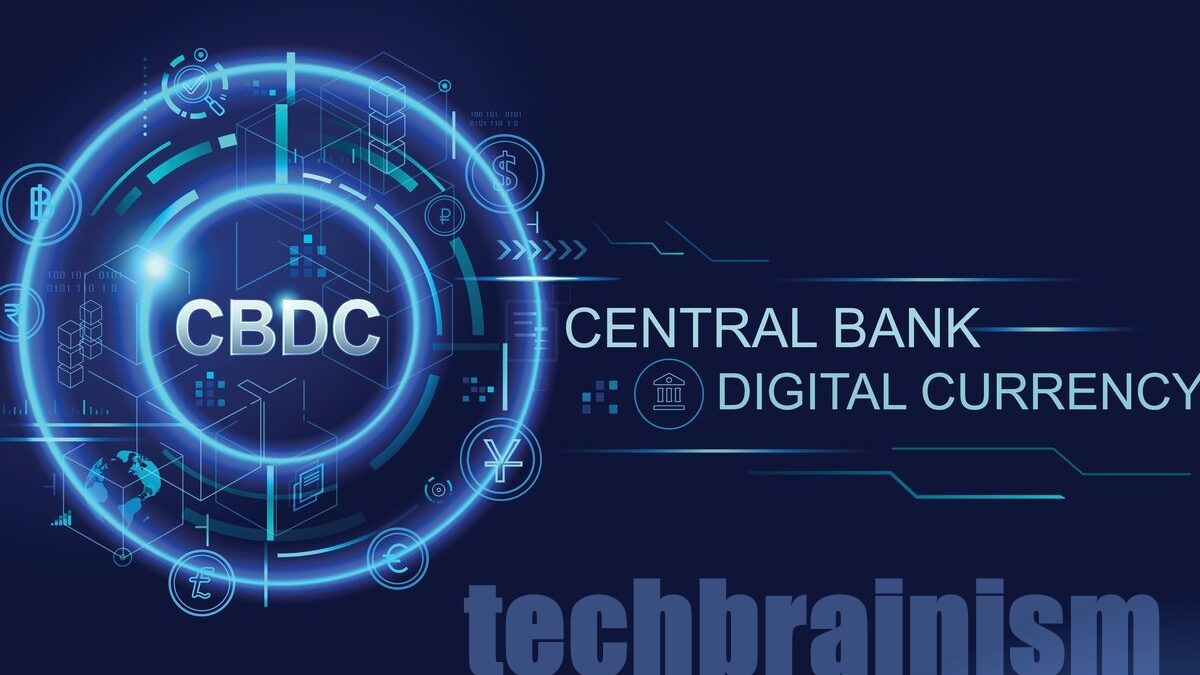Since many of the securities traded in the market have been digitised in the previous decade, the Central Bank Digital Currency is the next step (CBDC).
CBDC is becoming increasingly popular across the world. Governments must move quickly to limit their risks as private digital currencies (cryptocurrencies) make rapid advances, jeopardising the financial system’s stability and perhaps facilitating money laundering and illegal financing.
Table of Contents
ToggleWhat Is the CBDC Scenario?
- CBDCs are a digital form of a paper currency and unlike cryptocurrencies that operate in a regulatory vacuum, these are legal tender issued and backed by a central bank.
- Many countries have decided to have their own CBDC to provide more reliable digital currencies to work as legal tender, prompting displacement of private digital currencies.
- The Bahamas was the first country to establish a nationwide CBDC, Sand Dollar.
- Nigeria is another country that will implement eNaira by 2020.
- China became the world’s first major economy to pilot a digital currency e-CNY in April 2020.
- Korea, Sweden, Jamaica, and Ukraine are some of the countries to have begun testing its digital currency and many more may soon follow.
- The Indian government has declared in its Budget 2022-23 that its central bank will issue a digital currency as early as 2022-23.
- The major goal is to reduce the hazards and expenses of dealing with real cash, as well as the costs of phasing out dirty notes, transportation, insurance, and logistics.
- It will also wean individuals away from using cryptocurrencies to send money.
What are CBDC’s benefits?


A Combination of Traditional and Innovative:
- By lowering money handling expenses, CBDC can gradually move the culture toward virtual currency.
- CBDC is designed to combine the best of both worlds: the ease and security of digital forms such as cryptocurrencies with the regulated, reserve-backed money circulation of traditional banks.
Cross-Border Payments Made Simpler:
- CBDC can be a simple way to speed up a secure, sovereign-backed domestic payment and settlement system that can partially replace paper money.
- It might also be used for cross-border payments, eliminating the requirement for a costly network of correspondent banks to settle such transactions.
Inclusion in Finance:
- CBDC might be used for a variety of additional financial operations in order to bring the informal sector into the formal economy and assure greater tax and regulatory compliance.
- It has the potential to expand financial inclusion.
- To avoid the currency being used for terror funding or money laundering, stringent compliance with Know Your Customer (KYC) regulations is required.
What are the Potential Risks of CBDC?
Privacy Issues:
- The first problem to address is the increased danger to users’ privacy, given that the central bank may wind up holding a massive quantity of data about their transactions. This has severe ramifications since digital currencies do not provide the same level of privacy and anonymity as cash transactions.
- Another key concern is credential compromise.
Bank Disintermediation:
- If the change to CBDC is big and widespread, it may limit the bank’s capacity to reinvest funds in credit intermediation.
- Weaker banks may struggle to keep low-cost deposits if e-cash becomes popular and the Reserve Bank of India (RBI) sets no limit on the amount that may be saved in mobile wallets.
Other dangers include:
- Faster technological obsolescence might be a danger to the CBDC ecosystem, resulting in greater upgrade prices.
- Intermediary operational risks, since workers will need to be retrained and groomed to function in the CBDC environment.
- Increased cyber security threats, vulnerability testing, and firewall protection expenses.
- The central bank’s operational load and expenditures in managing CBDC.
How Can CBDC Risks Be Minimized?


- To address some of CBDCs’ flaws, the usage should be payment-focused in order to enhance the payment and settlement system. Then it may escape the risks of disintermediation and its large monetary policy consequences by shifting away from functioning as a store of value.
- Data held in a centralised system with the central bank poses serious security threats, necessitating the implementation of sophisticated data security mechanisms to avoid data breaches. As a result, it’s critical to use the correct technology to support CBDC issuance.
- If payment transactions are processed through the same system, scaling the infrastructure necessary for the CBDC will be difficult. The RBI will need to extensively examine the technological ecosystem before deciding on the best technology for launching CBDCs.
- The financial data acquired on digital currency transactions will be sensitive, and the government will need to consider the regulation framework carefully. This would necessitate tight collaboration between banking and data protection authorities.
- Institutional procedures would also need to guarantee that there is no overlap between various authorities and lay out a clear plan of action in the event of a data breach involving digital currency.
Somdutt Pandey
A geek who has keen interest in cooking delicious news and stuff related to latest tech explorations and gadgets reviews.

